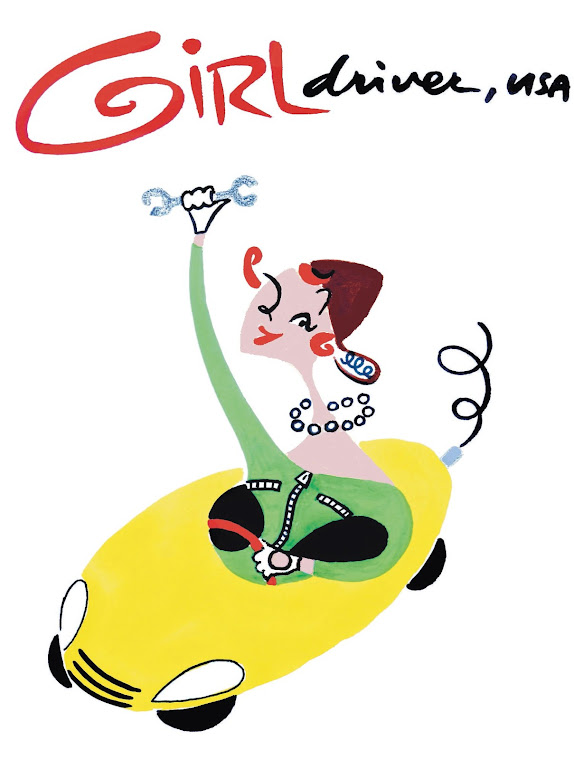 |
| 2.5 L 2014 Beetle |
It's tricky to quantify how many Beetles have been produced, but VW's latest figure as of a few years ago is 21.5 million worldwide and 4.8 million in the U.S. It's the most successful single car design ever, having overtaken the Ford Model T in 1972. With the 2011 all-new Beetle,Volkswagen has done a revitalization that taps into the Beetle's classic design cues. In that way, it's different from the 1997 reintroduction New Beetle, which had more of a cartoonish quality to it--the defining lines in that car were all based on the circle. While this Beetle has tapped into the retro feeling of the car, it is in no way a retro car. The balance needed to create a new car with nods to the past is very, very hard to achieve. Previous attempts--vehicles like the PT Cruiser, the Chevrolet HHR and others haven't turned out very well. But this Beetle is, to my eyes, great.
Our 2014 2-door hatchback Beetle was powered by an inline 4-clylinder TDI clean diesel engine that produced 140 horsepower and 236 lb.-ft. of torque (and remember, it's the torque that counts). It was paired with a 6-speed automatic transmission. VW uses electronic power steering that now has more feel to it than earlier incarnations. It had a good on center feel to it and combined with the responsive engine, the car simply sails off the line. It was just a blast to drive.
 |
| The Dune |
The styling and roominess of the interior is surprising as we tend to think of Beetles as midgets--but the new models and especially the newest model provides plenty of space even for the long of leg and arm. I found the seats solid and comfortable.
VW has a maintenance program that provide scheduled, approved maintenance free for two years. The Vehicle limited warranty is 3 years/36,000 miles and the power train limited warranty is 5 years/60 miles. VW provides roadside assistance packages included for 3 years/36,000 miles.
Fuel economy is 29 city/39 highway/32 combined. We did a lot of highway driving and got around 37 during the test drive. The Beetle we drove cost $29,415 including destination and I think that's a good price for this fun, roomy, functional car. If you want it in orange, get the Dune.

